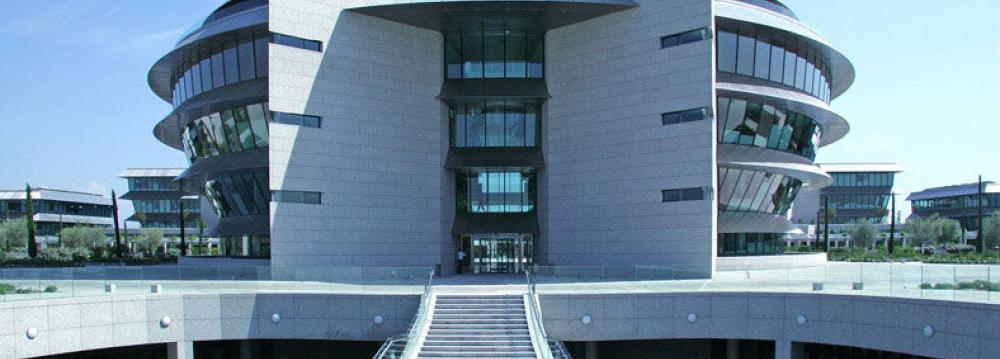Spanish banks remain focused on managing costs down to offset likely continued earnings pressure in 2016, says Fitch Ratings.
Banco Santander, BBVA, Liberbank and Unicaja, among others, have announced plans to close branches and reduce staff levels, in some cases by 15% or more.
ECB figures show that the number of inhabitants per local branch in Spain, at around 1,200, is one of the lowest among eurozone countries, suggesting that overcapacity is still high and cost-cutting is long overdue.
“We expect revenue generation to remain tough for Spanish banks during the second half of 2016 as persistently low interest rates continue to put pressure on margins and net new lending volumes are sluggish despite a strong recovery in economic growth. We forecast GDP growth of 2.8% and 2.2%, respectively, in 2016 and 2017, well above the 1.6% forecast for the eurozone in both years,” Fitch reported.
Carry-trade opportunities, which supported margins at a few banks in previous years, are now scarcer and the scrapping of interest rate floors on new mortgage lending at most banks will also contribute to the margin squeeze. The scope to cut rates paid on term deposits taken when rates were higher is limited and banks are already paying out very low rates on new deposits.
They are also finding it difficult to price new loans more profitably because the still relatively fragmented nature of the banking sector means all banks compete fiercely for new business. These factors combined will contribute to a narrowing of customer spreads, it said.
Spanish banks are still heavily reliant on net interest income for revenue. Despite efforts to offset margin compression by boosting fees over the last two years, opportunities to increase fee income are modest. This is because the growth in fees earned from off-balance-sheet investment products is being partly offset by dwindling commissions charged on traditional banking collection and payment services, forced down by falling volumes.
Spanish banks still face a considerable challenge to reduce their high levels of problem assets, made up of non-performing loans and foreclosed assets. The problem assets to total loans and foreclosed assets ratio still compares unfavorably with international standards and ranges from 5% to more than 20% across Fitch’s portfolio of rated banks at end-2015.
“The stock of problem assets continues to weigh on the sector’s ability to boost profits but we expect loan impairment charges across the sector to continue reducing to more normalized levels as economic growth increases and employment figures improve.”


